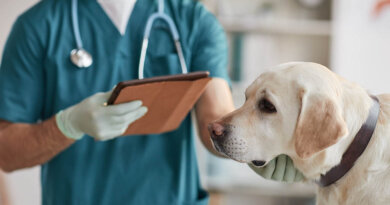Restaurants Scramble Amid Cold, COVID Surge
Controlling the indoor environment
As far as indoor dining, there are many environmental controls available that could reduce risk of transmission, said Oscar Alleyne, chief of programs and services for the National Association of County and City Health Officials.
Restaurants can increase the rate of ventilation in their buildings and install high-quality air filters that can filter viruses out of HVAC-circulated air, Alleyne said.
They also can invest in supplemental portable air cleaners with HEPA filters, cut down on occupancy, increase space between tables and strictly enforce social distancing, he said.
“If there’s an intense approach on addressing environmental controls, that in and of itself would make things safer,” Alleyne said.
Stepped-up environmental controls also won’t break the bank, Allen added.
“Upgrading the filters costs a couple extra dollars. A good portable cleaner with a HEPA filter could be a couple hundred dollars,” Allen said. “I’m not talking about million-dollar fixes.”
However, reducing the restaurant’s level of occupancy to acceptable levels will severely challenge its profitability, Allen said.
“If you got to the level of de-densification that would be necessary to lower risk, I don’t know if that is economically viable for a restaurant,” Allen said.
Restaurants have been making financial changes to deal with lower capacity, Lynch said. They’ve tightened their menus to reduce food waste, and have held off bringing back staff laid off during the first lockdown.
The industry continues to look for new ways to make indoor dining safer, Lynch said.
For example, the National Restaurant Association is working with a leading HVAC association about ways to further improve ventilation and air filtration in buildings, Lynch said. One idea being explored is retrofitting virus-killing UV light filters into a building’s existing HVAC system, so that air is further sanitized as it is circulated.
But even if all of these measures are successfully undertaken, the human element remains a significant impediment to safety, Allen said.
“The risk levels are many in a restaurant,” Allen said. “It’s not just that people aren’t wearing masks at their tables. It’s volume and loud talking, which increases emission rates. It’s alcohol consumption, which lowers inhibition. It’s mixing of multiple groups at tables, if you go out with friends you’re not normally quarantined with.




